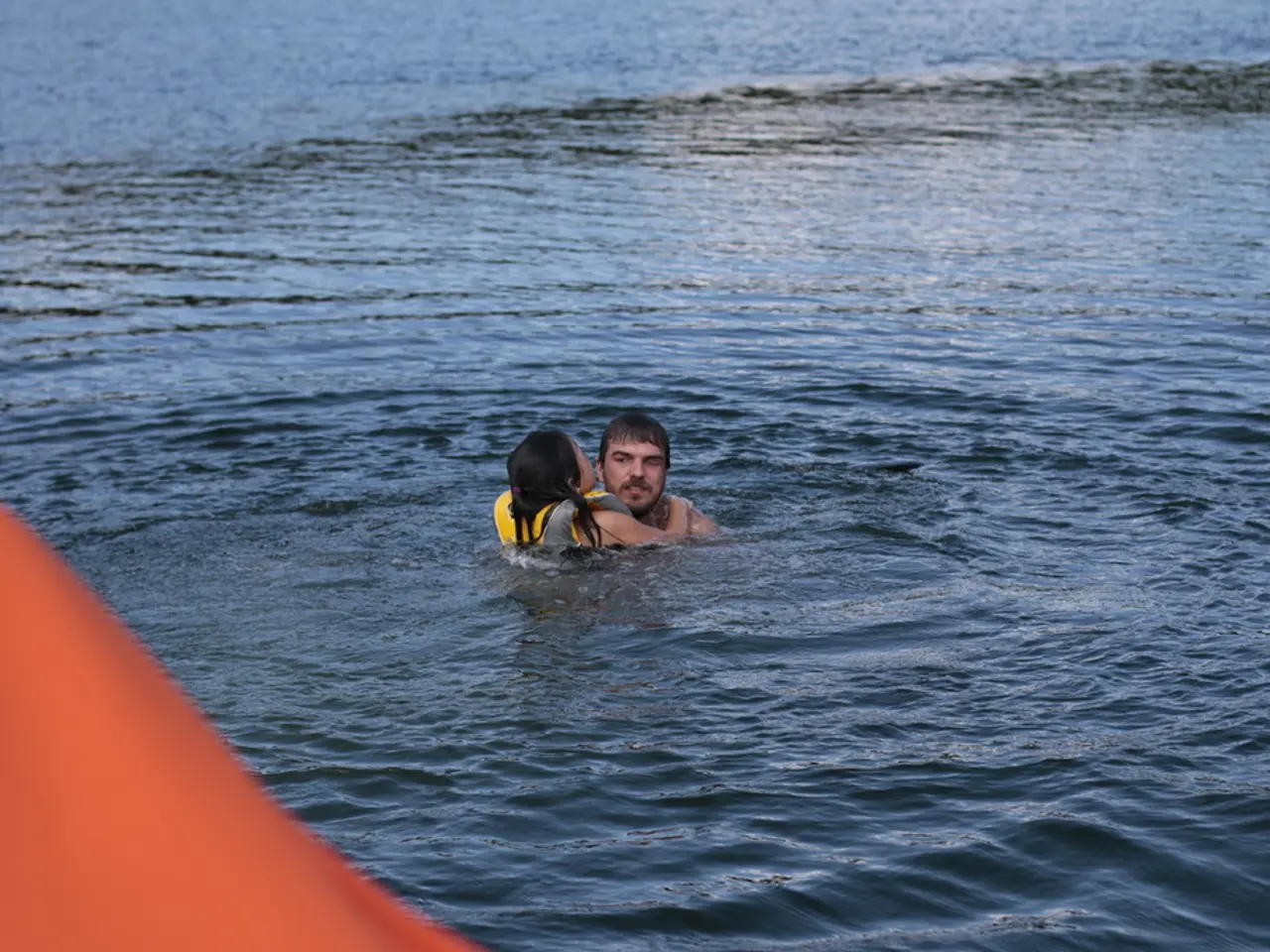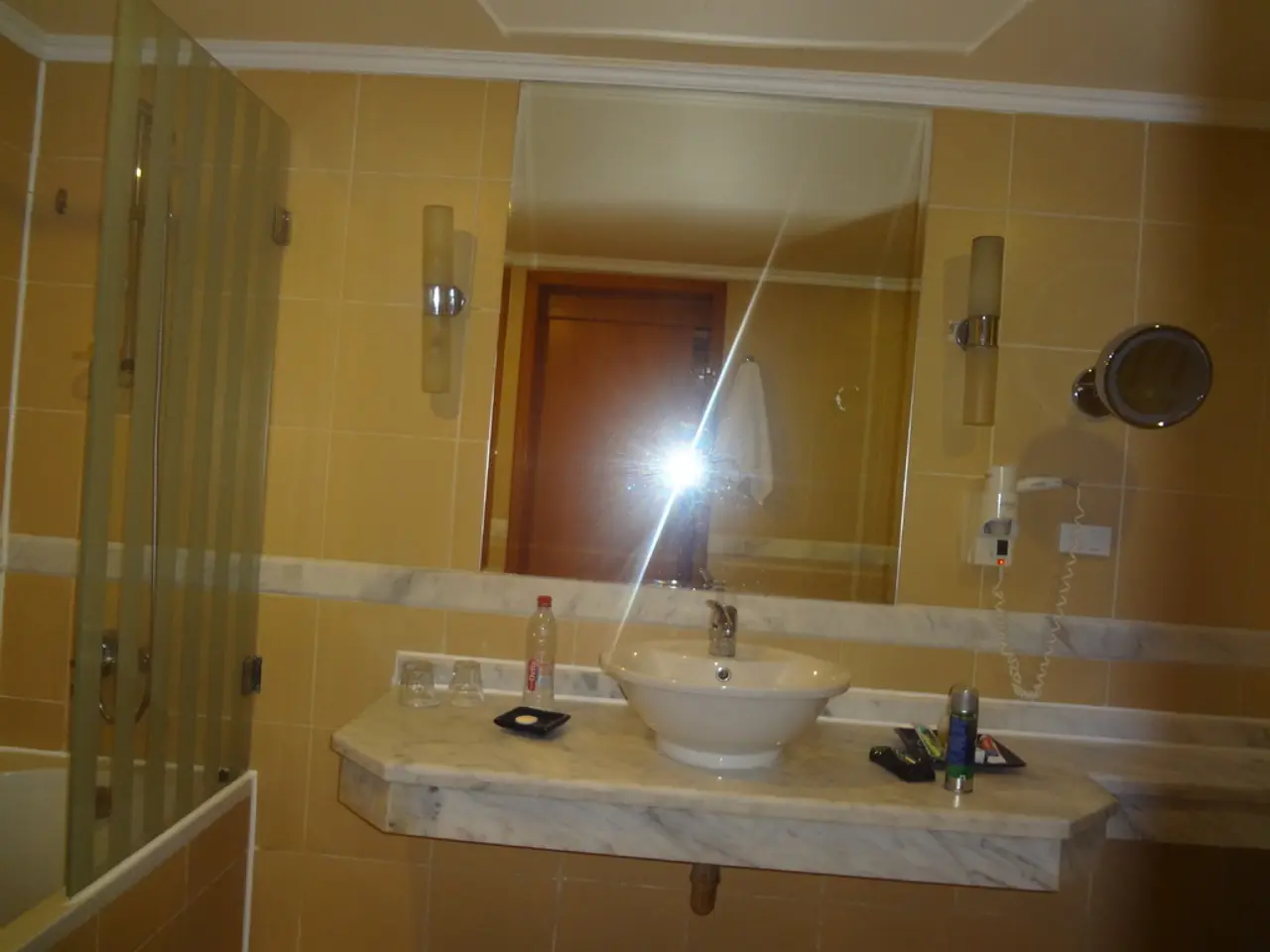Protective UV Clothing: Identifying Quality Options and Their Importance
UV Standard 801: The Gold Standard for UV Protection Clothing
UV Standard 801 is a test method that evaluates the UV protection performance of textiles and clothing, replicating real-life conditions of wear and use. This standard is considered the gold standard for UV protection clothing due to its rigorous and comprehensive approach.
Unlike basic laboratory tests, Standard 801 tests the textile under conditions that mimic actual wear—including washing, stretching, and exposure to UV radiation before measuring protection. This simulates how protective qualities degrade over time.
The test results yield a reliable UPF rating that closely reflects real-world performance. This gives consumers confidence that the clothing will maintain UV protection during typical use.
Standard 801 is widely recognized by experts and manufacturers as the most rigorous and comprehensive standard to verify that UV protective clothing delivers effective, durable defense against harmful ultraviolet rays.
Every piece of clothing offers some protection against UV radiation, but the level of protection can vary significantly from fabric to fabric. UV protection clothing, made from tightly woven fabrics like nylon, polyester, or blended fabrics, can offer a UPF of 40 or even 50. A normal white cotton shirt, on the other hand, has a UPF of only 10.
UV protection clothing is beneficial for individuals exposed to intense sunlight for many hours, such as hikers in high mountains or sailors. It is also designed for individuals with particularly sensitive skin to UV radiation, including children and those with very pale, red-haired skin types.
Other standards such as the Australian/New Zealand Standard (AS/NZS 4399:1996) and the European Standard (EN 13758-1) are less stringent as they only test the protective effect in the dry, unstretched, new state.
UV protection clothing is lightweight, breathable, and dries quickly, making it ideal for a variety of activities. It is also worth noting that UV protection clothing does not interfere with swimming.
In addition to outdoor enthusiasts, UV protection clothing can be useful for those in certain professions, like road construction, where prolonged exposure to sunlight is unavoidable.
In conclusion, when buying UV protection clothing, look for the UV standard 801. It ensures that the garment offers reliable UV protection under realistic conditions, providing peace of mind for those who spend long hours in the sun.
- Science plays a crucial role in the development of health-and-wellness products such as UV protection clothing, as the UV Standard 801, the gold standard for UV protection, uses rigorous testing methods to ensure effectiveness and durability.
- Fitness-and-exercise enthusiasts and those with skin-care concerns can benefit from wearing UV protection clothing, as it has been shown to provide reliable UPF ratings that reflect real-world performance and offer protection from intense sunlight during activities like hiking or sailing.
- Technology also plays a part in the advancement of UV protection clothing, with the UV Standard 801 testing the textiles under conditions that mimic actual wear, including washing, stretching, and exposure to UV radiation, to simulate how protective qualities degrade over time.




